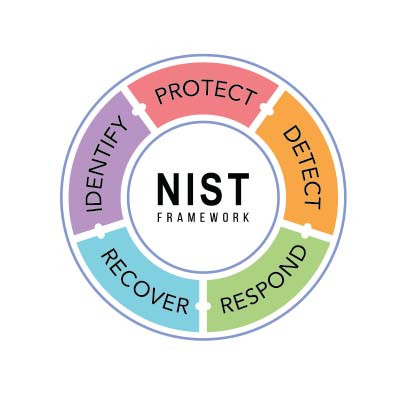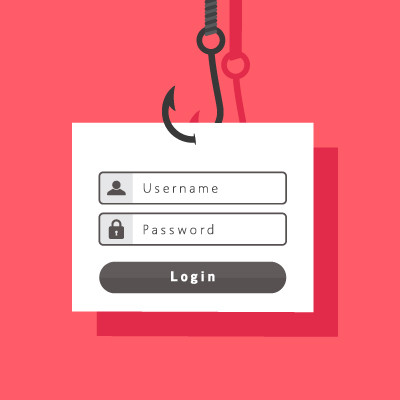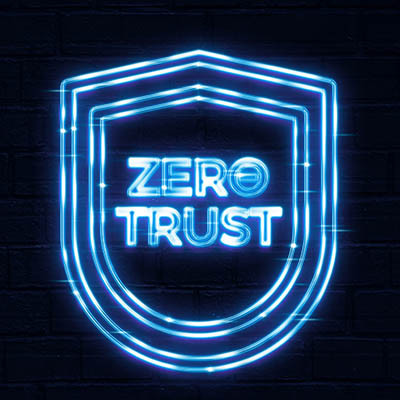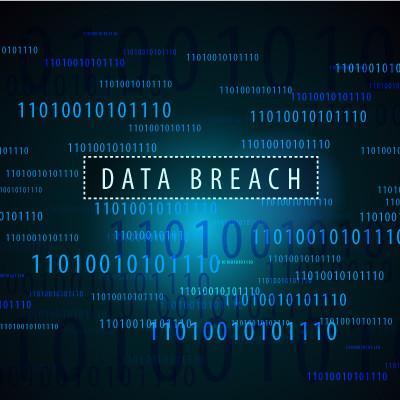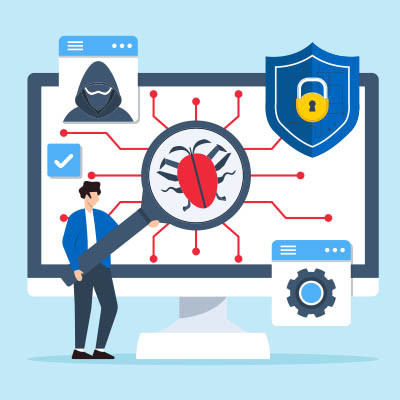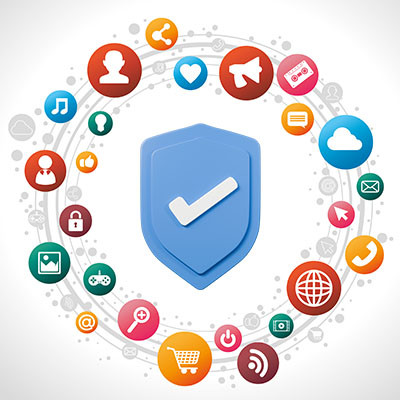A well-structured framework is essential for establishing effective, consistent policies and strategies. This applies to many areas—including network security. Today, we’re diving into the National Institute of Standards and Technology (NIST) cybersecurity framework, which outlines steps to help safeguard your business.
Argentum IT LLC Blog
Let’s have a little fun today. Today’s blog post is written in the format of a daytime soap opera. Please make sure you read all of the dialogue as if being whispered by extremely attractive television stars and starlets!
Life goes on in the small town of Oak Falls, deep woods surrounding the little hamlet nestled on the coast of Cape Seguridad. Let’s follow the lives of some of the residents, their lives Of Vice… and Vulnerability.
There’s never been a more dangerous time to run a business. Okay, maybe that’s not necessarily true, but hear me out. With digital technology taking on a greater importance for businesses than ever before, companies have to contend with countless threats—including the ever-popular phishing scams—regardless of their geographical location.
Let me ask you something: would you trust a bank that locked its doors for the night but left all its cash in a big pile in the middle of the floor? Probably not—after all, if someone managed to get through the doors, nothing would stop them from helping themselves to the funds inside.
This is effectively how cybersecurity once worked, with the presumption that if someone had access to a network, they had permission to access any data on it. Fortunately, many businesses have made the switch to a better approach, known as zero-trust security.
Security awareness training is a critical process for modern businesses to undergo to have any chance of success. Unfortunately, as much as security software or policy can help, it can only do so much. You also need your team members to be on board, knowledgeable about what they need to do, and motivated to do it.
In light of this, let’s talk about security awareness training and what it needs to involve.
Sextortion scams are scary. The scammer contacts the victim, claiming to have gotten access to their computer and captured video footage of their target partaking in some private and decidedly adult activities, as well as the content that was onscreen at the time. The threat: pay up, or I send the footage to all of your contacts.
Lately, however, hackers have added another layer of “proof” to these claims, now referring to victims by name and including pictures of their homes. Let’s walk through what one of these scams looks like and what you should do if one appears in your inbox.
Remote work has proven incredibly useful over the past few years despite many employers having various concerns about its implementation. While these concerns vary, one prevalent one is how remote operations impact cybersecurity.
If you’re utilizing remote operations to any degree and aren’t concerned about cybersecurity, you must adjust this mindset and correct your approach.
Data breaches can cripple companies and can come from a lot of different directions. They can be the result of phishing attacks where your staff unwittingly gives hackers access to your business’ resources. It can come from a brute force attack where hackers use innovative tools to break into your network. It can even be the work of disgruntled employees who use their access to steal company data. This month, we want to outline the top three things you can do to keep your business from being hacked.
Cybercriminals will do anything they can to get what they want. They will lie and cheat to break into an organization’s network and siphon off the data or gain control. One of the most utilized tactics that cybercriminals use today is called social engineering. This month, we will discuss social engineering and how it puts everything you work for in jeopardy.
Most businesses rely on their technology. However, a failure to manage that technology can lead to significant financial waste and operational inefficiencies. One major way a business can waste money is through over-investment in unnecessary or overly complex IT infrastructure. Let’s briefly examine how companies waste their money on technology and how to identify if technology is working for your business.
You can do everything in your power to secure your social media accounts and lock down your privacy settings. Still, at the end of the day, social media users expose themselves to a torrent of information and content every time they log on. As a civilization, we’ve never really had something like this before. These platforms curate content that the user wants to see to keep the user coming back and staying longer. It’s inherently designed to be enticing and addicting, which is dangerous for certain individuals.
Then, there are scams and an endless stream of grifts that pose a wide range of additional problems for users.
Let’s talk about ways you and those you care about can be safer on social media.
Social media is constantly evolving, and if the big social networks had it their way, it would be the only place people go when they log onto the Internet. Whether you have strong feelings for or against social media, or perhaps you are indifferent, it’s important to understand how to protect yourself when using social media.
Obviously, we won’t tell you to cut down on your cybersecurity. That said, it can be easy to overinvest and overreach if you aren’t careful about what you’re implementing. This phenomenon is known as cybersecurity sprawl, and if not prevented, it can easily have serious consequences for your business. Let’s go into how to avoid this sprawl.
When you think of a scammer, you probably think of someone looking to take advantage of someone for their own gain. While this isn’t wholly inaccurate, another variety exists to acknowledge… those who aim to scam the scammers. Let’s consider one such white-hat scammer, or “scam baiter,” a content creator who uses the alias “Kitboga,” Kit for short.
The world’s largest ticket retailer is in hot water after their parent company, Live Nation Entertainment filed an 8-K filing with the Security and Exchange commission admitting that they had been hacked to the tune of 1.3 terabytes of information. That amounts to 560 million customers’ personal information that has been stolen from the company’s servers. Today, we take a look at the hack and what it means for consumers.

